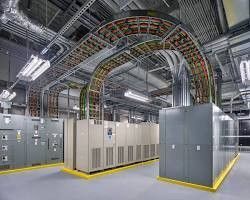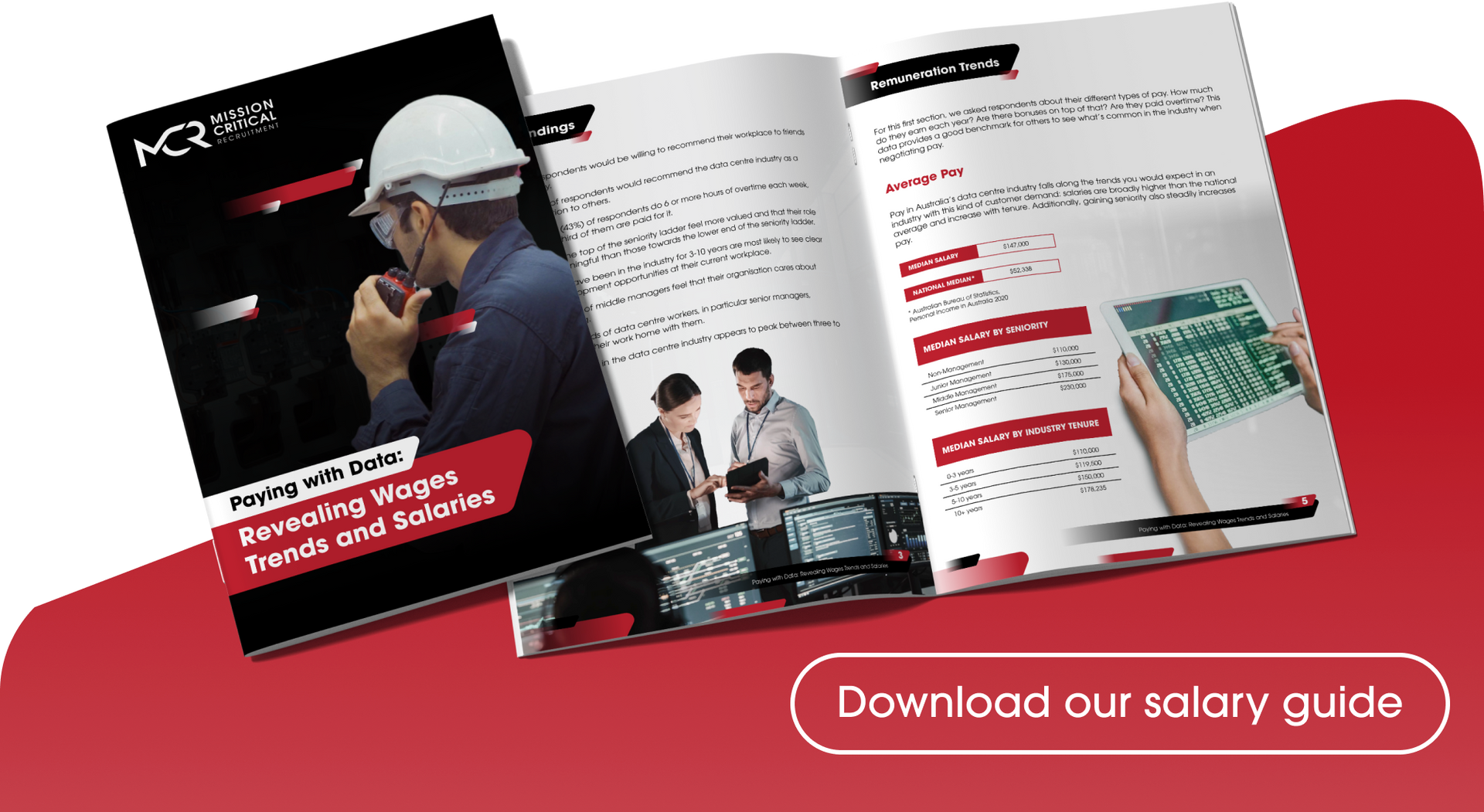E-Recruitment - What It Is and How to Implement It

There’s no doubt data centre business is booming across the Asia Pacific (APAC) region. Recent figures show the APAC data centre industry grew by 24% in 2021, exceeding that of Europe, the Middle East and Africa. It now accounts for almost 30% of the world’s IT load capacity.
With this tremendous amount of growth, demand has naturally soared for talent to fill an abundance of data centre jobs. But the current skills shortage is severely hampering further progression. In fact, 45% of APAC data centre managers name it as their top challenge.
In an environment where competition for talent is fierce, you need to find ways of getting a leg up. One way is to look how you can expedite your hiring process to secure talent quickly, and a savvy option is to use a recruitment agency that utilises e-recruitment tools. Let’s look at these tools in greater detail, along with the pros and cons of using them in data centre recruitment.
What Is E-Recruitment?
As the name suggests, e-recruitment centres on electronic (or online) recruitment techniques. It encompasses the use of cloud-based recruitment software and internet resources to find talent.
While you can outlay the costs yourself for your business, you can also access them if you choose to partner with a data centre recruitment agency (like us!) who use them as part of their package.
What follows is an outline of the most popular e-recruitment tools.
Job Boards
In Australia, job boards are the most popular e-recruitment tool with over one in two employers using them to find candidates in 2021. They’re just as popular with candidates - 54% of Australian job seekers used them to find their next role. Results are fairly similar across other APAC nations.
While job boards certainly seem to be the right place to locate talent, posting across multiple platforms can be time-consuming. However, Recruiters who use a good ATS software program can exponentially speed things up by automating this process. Which is a nice segue to the next e-recruitment tool...
AI & ATS Software
Most sectors, including the data centre recruitment industry, have been using Applicant Tracking System (ATS) software to speed up the applicant and CV reviewing process.
ATS programs work by automatically scanning candidate CVs and analysing the information, with particular focus on their skills, experience and education. The program uses the data to then create a candidate profile, which is plugged into a searchable database. Recruiters then use this to find the most relevant candidates, searching by keywords and phrases associated with the open role. As you can imagine, it saves an inordinate amount of manual processing time.
As with all things technological, ATS has rapidly advanced in recent years with the best systems now using artificial intelligence to further optimise not just the hiring process, but the candidate experience.
Video Interviews and Online Testing
The pandemic forced Recruiters’ hands when it came to the use of video interviewing. The practice has stuck, mainly because it speeds up the time to hire (something 75% of jobseekers feel is very or somewhat important.)
For positions that require competency testing and/or personality testing, there’s also been an increase in Recruiters preferring to use online platforms.
E-Recruitment Tools – The Pros
By automating so much of the time-consuming recruitment tasks, it’s clear e-recruitment tools give you the benefit of speed, allowing you to reach the most important stage of your search that much quicker – candidate interviews.
But another key benefit of these tools is the ability to enhance your candidate experience. A recent global survey of over 3500 jobseekers found seven out of ten considered dropping out, or did drop out of, their last hiring experience. The main reasons included that the process was taking too long (39%); it was too complicated (37%); and it had too many touch points (27%).
You can alleviate these issues with the candidate experience in utilising e-recruitment tools, such as ATS software, as each applicant remains updated about their progress in the recruitment process, and the platforms are usually very user-friendly.
Another advantage is the cost saving, particularly when you factor in how much time it takes for your HR personnel to engage in traditional recruitment methods.
E-Recruitment Tools – The Cons
One of the biggest criticisms of ATS software relates to their AI capabilities. While useful in many ways, current AI technology doesn’t consider cultural fit or human characteristics, such as personality and emotional intelligence.
One way to address these disadvantages is by using a specialist data centre recruitment agency. While the team here at Mission Critical use the latest e-recruitment software, the amount our clients pay for it makes up small portion of our overall fee.
We also have plenty of experience in interviewing candidates across Australia and the Asia Pacific and determining if they’re the right cultural fit for our client. In using our professional services to source data centre talent, you benefit from the best of both worlds – AI and that essential human touch. Let us know if we can help.















